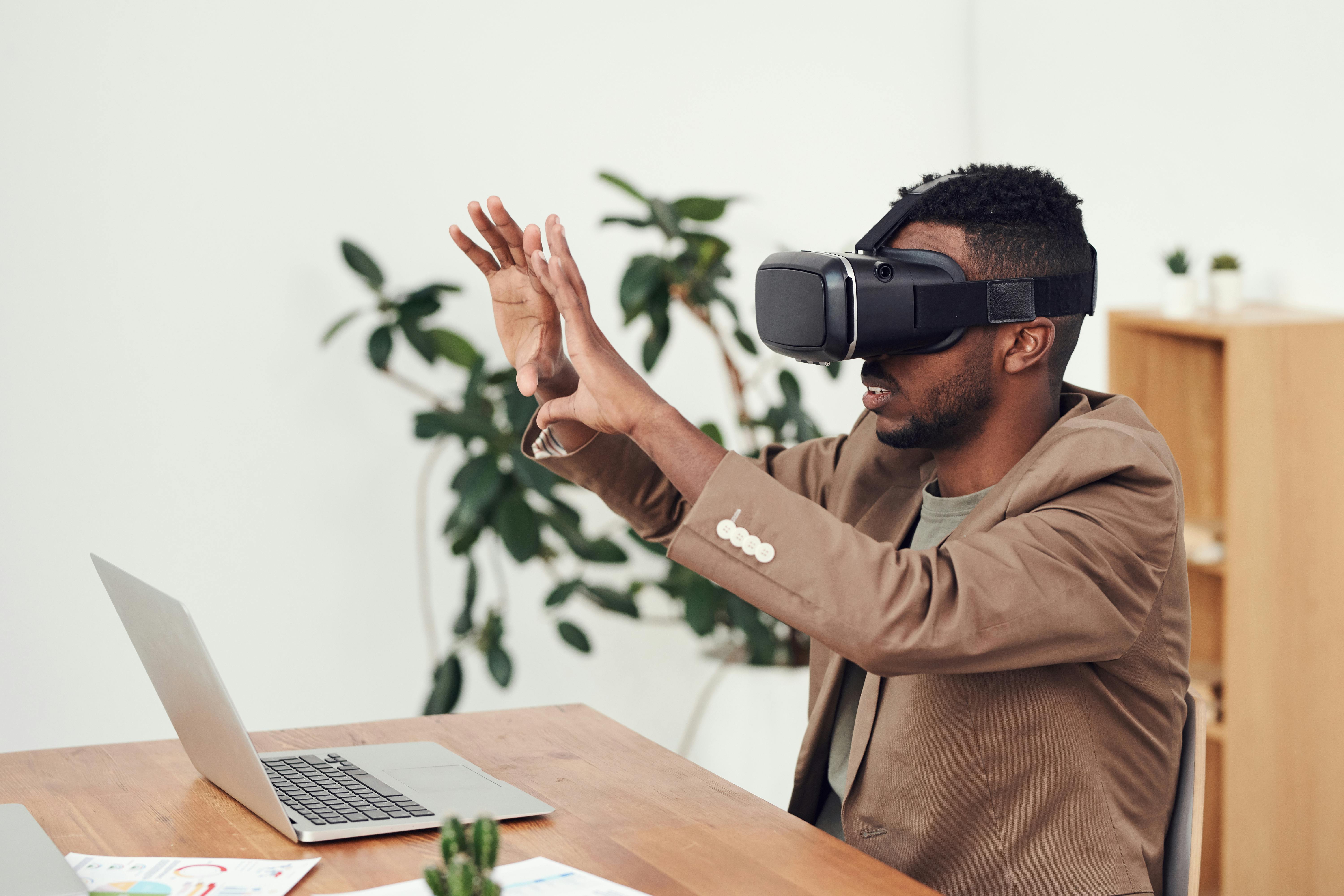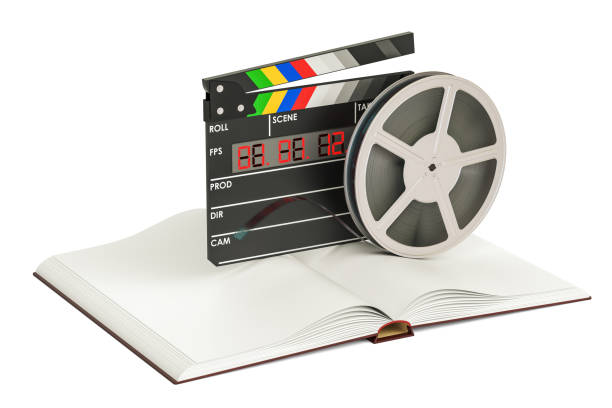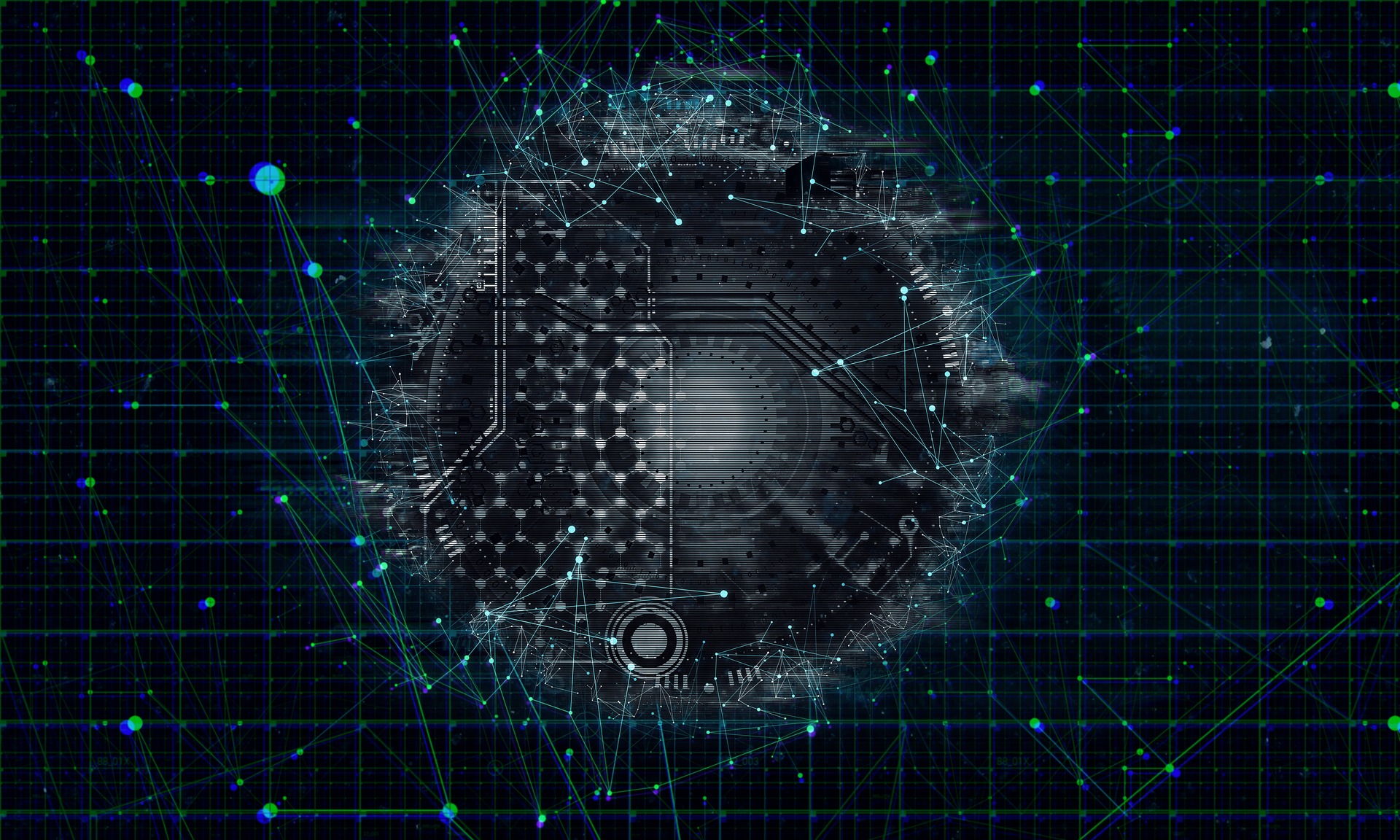"Rise of the Virtual Reality in Performing Arts: A New Frontier in Entertainment"
Introduction: The performing arts are experiencing a groundbreaking transformation, as virtual reality sweeps across the industry, offering audiences a new mode of immersive and interactive entertainment. This article delves into the fascinating interplay between performing arts and virtual reality, from its roots to its current impacts and future potential.

A Journey Through Time: Virtual Reality in Performing Arts
Virtual reality (VR) has been a buzzword in the tech industry for some time now, but its effects on performing arts are relatively recent. This technology, which provides an immersive, interactive experience, was initially conceived in the 1960s, but it wasn’t until the 21st century that VR started to infiltrate the world of performing arts.
The Intersection of Technology and Art: Virtual Reality
Now, VR technology is being used to create unique, immersive experiences for audiences in theatre, dance, and other performing arts. For instance, virtual reality allows viewers to experience a performance from multiple perspectives, bringing them closer to the action than ever before. This has led to a surge in experimental performances, pushing the boundaries of what’s possible in the world of performing arts.
The Current Impacts: A New Lens for Viewing Art
The influence of VR on performing arts has been profound, changing how performances are created, viewed, and experienced. Performances are no longer confined to a physical stage, and viewers are no longer passive spectators. Instead, they are active participants in the performance, which is both exciting and challenging for performers and directors alike.
The Future of Performing Arts: A Virtual Reality Revolution
Looking forward, the potential for virtual reality in performing arts is immense. As technology continues to evolve, so too will the possibilities for performances. From virtual reality operas to interactive ballets, the future of performing arts is undoubtedly exciting. Virtual reality could revolutionize the way we experience art, breaking down barriers and creating a truly global stage.
Significance and Reception: The Art World’s Verdict
The reception of virtual reality in the performing arts has been largely positive. Critics and audiences alike are excited about the potential for innovative, immersive experiences. However, there are also concerns about the accessibility of such technology and its potential to dilute the live, human element that is so integral to performing arts.
In conclusion, virtual reality is revolutionizing the performing arts, changing how performances are created, viewed, and experienced. As technology continues to evolve, so too will the possibilities for performances, creating a truly global stage and redefining the way we experience art. Although there are some concerns about the impact of this technology, the overall sentiment is one of excitement and anticipation for the future of performing arts.





